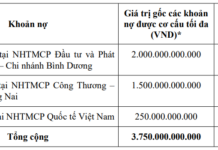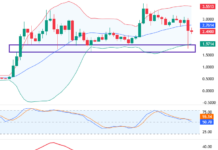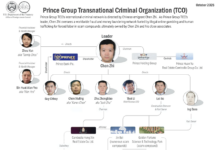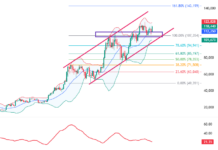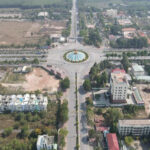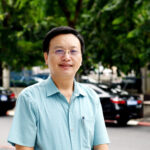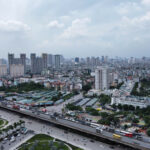Excessive Land Use Charges: HoREA’s Proposal for Revision
The Ho Chi Minh City Real Estate Association (HoREA) has submitted a proposal regarding the fourth draft of the decree amending and supplementing several articles of Decree 103/2024/ND-CP by the Ministry of Finance, which regulates land use fees and land rent.
HoREA points out that the current practice of applying the land price table to calculate land use fees when the state permits a change in land use purpose, recognizes land-use rights, or extends the use period for households and individuals results in a 100% application of the land price table without distinguishing between policies for land areas within or exceeding residential land limits. This leads to excessively high land use fees that are unreasonable and beyond the financial capacity of households and individuals.
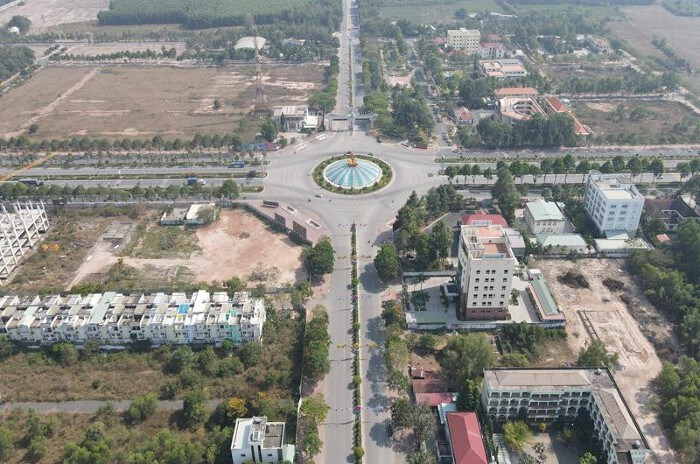
The current land use fee calculation, based on the entire land area after changing the purpose of use, results in excessive costs for residents.
Therefore, HoREA proposes to amend and supplement Clause 1, Article 8 to allow for a lower collection rate for land areas within the residential land limit and a higher rate for areas exceeding the limit when the state permits a change in land use purpose, recognizes land-use rights, or extends the use period for households and individuals.
Specifically, the land price after changing the purpose of use for the area within the residential land limit is calculated at 20% (previously proposed at 30%) of the land use fee at the time of the decision to change the purpose of land use. For areas exceeding the limit, the land price is calculated at 30% (previously proposed at 50%) of the land use fee.
HoREA cites Clause 1, Article 8, which stipulates that the land price for calculating land use fees is based on the land price table. As a result, the current land use fee for the entire land area, including areas within and exceeding the residential land limit of households and individuals, is calculated at 100% of the land price table, leading to excessively high fees. For example, a 400-square-meter land lot in the old Vinh City (Nghe An province) has to pay VND 4.5 billion, or a 208-square-meter land lot in the old Hoc Mon district (Ho Chi Minh City) has to pay VND 1.7 billion, or a 400-square-meter land lot in the old District 7 (Ho Chi Minh City) has to pay VND 14 billion. These amounts exceed the financial capacity of many, leading to requests to withdraw the red book application.
Clause 5, Article 45 of the Land Law and Point c, Clause 11, Article 18 of Decree 101/2024/ND-CP stipulate a policy allowing individuals to defer land use fees without a time limit, unlike the 2013 Land Law, which allowed for a maximum deferment period of five years.
However, deferring land use fees also restricts individuals from essential rights such as transfer, assignment, lease, mortgage, sublease, donation of land use rights, and mortgage or contribution of capital with land use rights. This means that even with the red book, individuals cannot use it for transactions or borrowings.
Regarding the calculation of 30% and 50% land use fees in the previous draft, HoREA believes that this still results in excessively high land use fees for households and individuals. Localities have already implemented the 2024 Land Law, with significant price increases. For example, Ho Chi Minh City’s (before the administrative merger) land price table (adjusted) increased by 2.36 to 38.8 times compared to the 2020-2024 period.
Reducing Supplementary Payments
HoREA also proposes to amend the regulations on supplementary payments for land use and rent during the period when these fees were not calculated.
Specifically, it is recommended to amend and supplement Clause 2, Article 50 so that the amount individuals have to pay as a supplement for the period when land use fees were not calculated is 0.5% or 1% per year (previously proposed at 3.6%) of the rent payable.
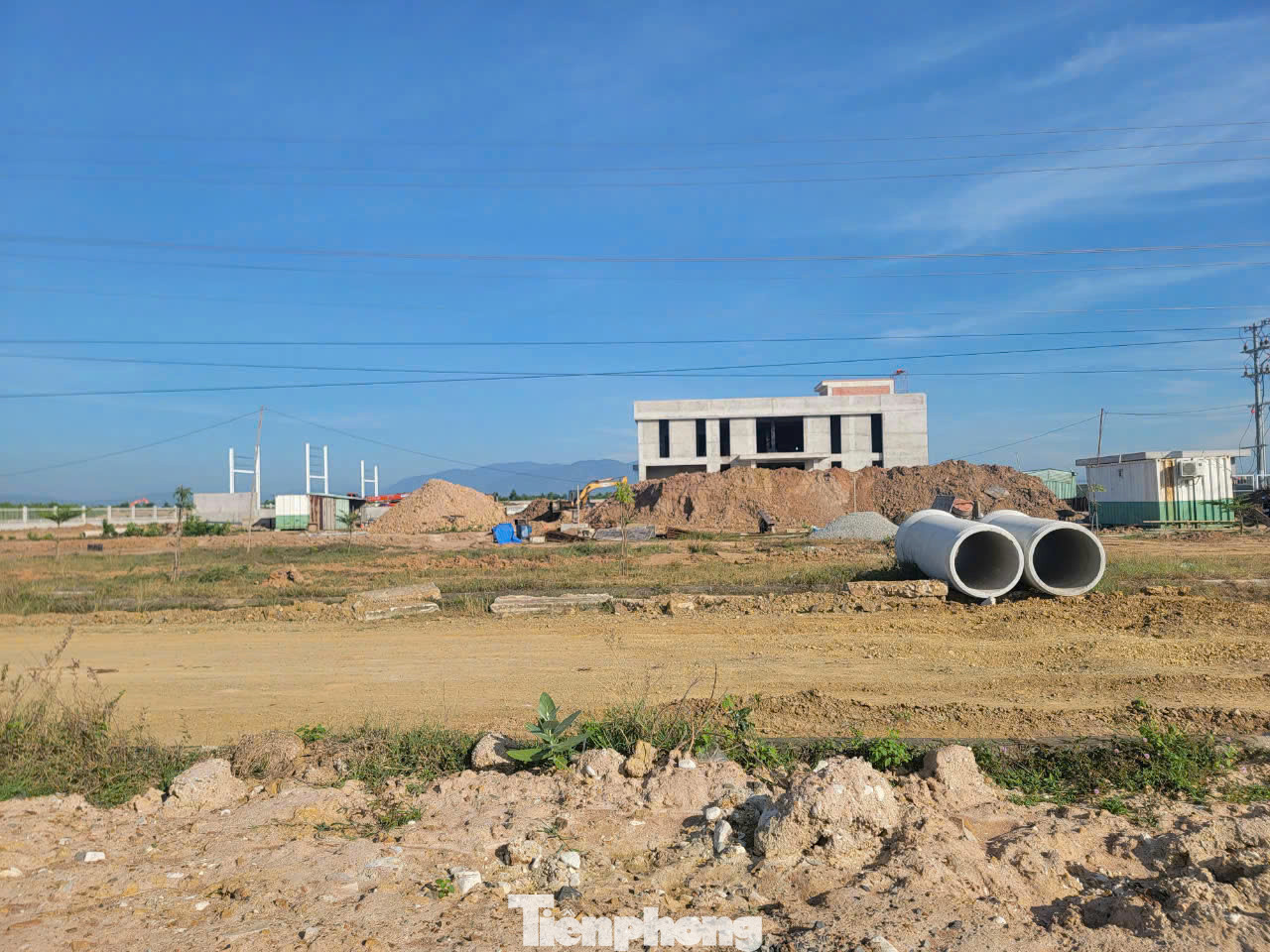
To resolve the issue of unreasonable supplementary payments for land use and rent during the period when these fees were not calculated, it is necessary to amend Point d, Clause 2, Article 257 of the 2024 Land Law.
HoREA believes that to definitively address the issue of unreasonable supplementary payments for land use and rent during the period when these fees were not calculated, it is necessary to amend Point d, Clause 2, Article 257 of the 2024 Land Law to remove the provision regarding supplementary payments. This proposal is in line with the Law on Promulgation of Legal Documents 2025, as it does not introduce new legal responsibilities or increase existing ones.
Point d, Clause 2, Article 257 of the 2024 Land Law effectively applies retroactive effects to cases of land allocation and lease under the 1993 Land Law (over 30 years ago), the 2003 Land Law (over 20 years ago), and the 2013 Land Law (over 10 years ago). None of these previous Land Laws stipulated the responsibility of investors for supplementary payments for land use and rent during the period when these fees were not calculated.
In the event that the National Assembly passes the draft amended Land Law, which removes the provision regarding supplementary payments from Point d, Clause 2, Article 257 of the 2024 Land Law, the amended Land Law should include a transitional provision allowing for the deduction of supplementary payments already made by enterprises from other financial obligations. This would be a reasonable and equitable solution.
How to Reduce Land Use Charges When Changing the Purpose to Residential?
The current land use charges, post-change in purpose, are calculated at 100% of the priced land rate, resulting in exorbitant costs for citizens. For instance, a 400 sq. m plot in the former Vinh City, Nghe An Province, incurs a fee of VND 4.5 billion, while a 208 sq. meter plot in Hoc Mon District, the former Ho Chi Minh City, costs VND 1.7 billion. Similarly, a 400 sq. meter plot in District 7 of the old Ho Chi Minh City will cost a staggering VND 14 billion. These charges are incredibly burdensome for landowners and can hinder development and investment.
Unlocking the Land Use Conundrum: Unraveling the Decree 103 Amendments
The proposed revisions to Decree 103 on land use and land rental fees aim to introduce a more nuanced fee structure. By doing so, it is hoped that a fairer and more rational land policy will be implemented, one that is closer to the people it serves.
The Five Amendments Legacy: Revolutionizing Vietnam’s Provincial Landscape
After 80 years of nation-building, Vietnam’s land management has undergone several pivotal transitions, evolving from feudal ownership to state ownership and eventually embracing market mechanisms. Each reform has been intrinsically linked to significant shifts in the nation’s trajectory. Experts view the current wave of institutional reforms, including provincial mergers, streamlining of bureaucratic apparatuses, and the establishment of a national database, as tantamount to a “fourth revolution” in land management.
A Proposal to Reduce Land Use Fees for Residential Purposes
HoREA has proposed that in the event of a Government Resolution, the collection of land use fees when converting agricultural or non-agricultural land to residential land should be clearly specified. They suggest a reduction from 30% to 20% for land within the allocated residential land limit, and from 50% to 30% for land exceeding this limit.
Why the Additional Land Premium of 5.4%/year is a ‘Burden’ and Needs Amendments
Many businesses and organizations have petitioned against the collection of additional land fees or have requested a reduction in the annual rate of 5.4%. This move aims to provide much-needed support and alleviate the challenges faced by investors.











